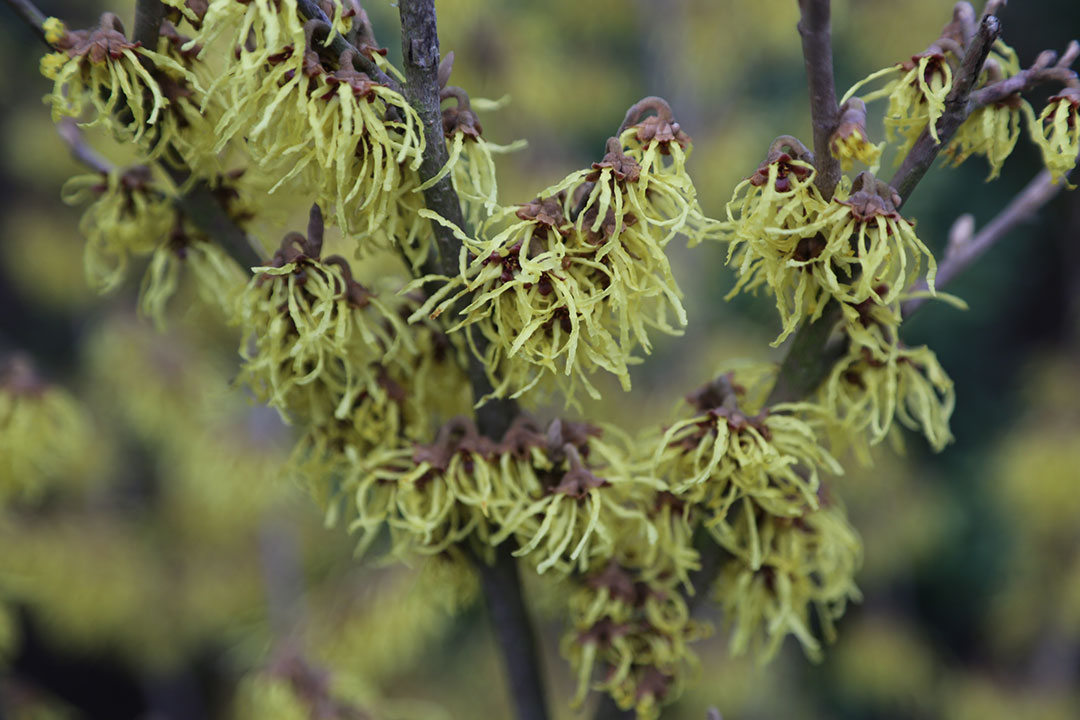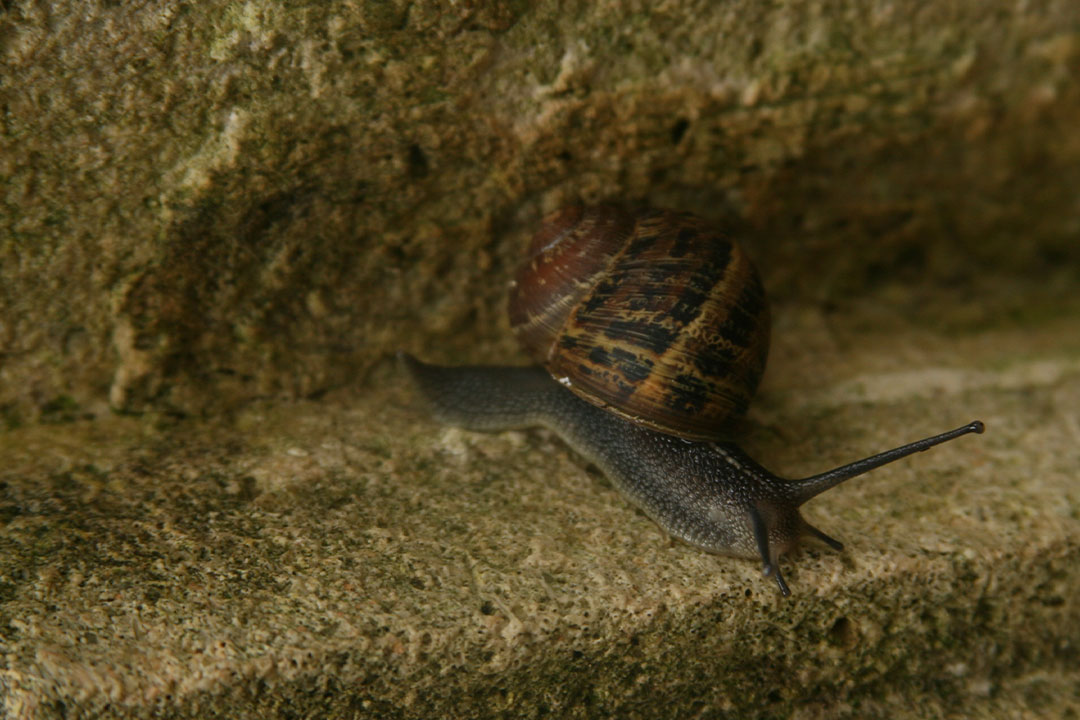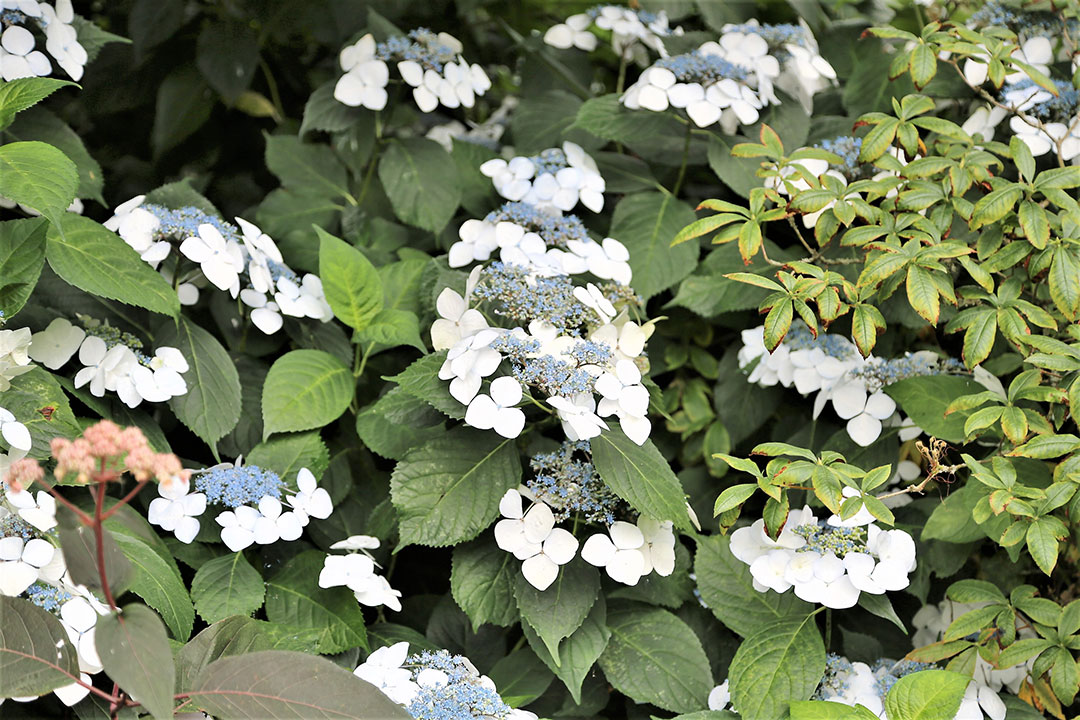
The month of February can be a bit of a challenge for gardeners in the Pacific Northwest. During this month we often have some of our coldest days, lots of rain, and a few days of snow. When it’s one of the clear, cold days of this month, bundle up and head outside to tackle a few of these items. Just remember where you planted all those bulbs in the fall, and avoid stepping on super-saturated soils; it can destroy the soil structure and create more problems down the road.

Visit local nurseries for the best selection of bare-root trees and shrubs. Many local nurseries and garden centers carry a great selection of ornamental and fruiting trees and shrubs. Bare-root trees and shrubs are economical and easy to transport, and they have a smoother time adjusting to the native soil in your garden than potted ones. Just remember to plant your selections as soon as possible to ensure survival and to avoid letting roots dry out. If you must store them, keep them in moistened sawdust in a cool garage or basement for less than two days. Some great and seldom seen heirloom fruit tree varieties can be found at Raintree Nursery. They ship their trees and shrubs bare-root. If you’re feeling adventuresome, call them to arrange a visit to their garden center, which is in Morton, Washington.

Prune your roses. Late February is the time to prune roses (Rosa spp. and cvs., Zones 3–9) in the Pacific Northwest. Many gardeners use President’s Day as a marker. Be sure to use clean tools while pruning. Learn how to prune different types of roses here. If a prized rose specimen is diseased, consider removing it and replacing it with a new, healthier cultivar; if it’s an absolute keeper, clean your blades between each cut to prevent spreading disease. I’ve had good luck with many of the David Austin roses in my garden and my clients’ gardens. One of my all-time favorites is the Carding Mill® rose (Rosa ‘AUSwest’, Zones 5–11), which has an amazing scent and beautiful, long-blooming peachy-orange flowers.

Add witch hazels to your garden. Among the large shrubs and small trees I often see on my walks this time of year are some rather large witch hazels (Hamamelis spp. and cvs., Zones 3–9). Their bright, cheery blooms are a great reminder that spring is coming. February is a great time to select witch hazels. There are so many types and colors available now in the trade; typically the ones you will find in the nursery are hybrids of the Chinese and Japanese witch hazels (Hamamelis mollis and Hamamelis japonica, both Zones 5–8). Some hybrids will keep their leaves on until the new spring growth starts; this is called marcescence. While this is not a problem for the witch hazels themselves, it may be a problem for you the gardener to have a clear view of the blooms. For that reason, it’s best to select a variety in person at the nursery while the witch hazels are in bloom.

Start with slug and snail treatments this month if they have been a problem in the past. The tiniest of slugs will make your hostas (Hosta spp. and cvs., Zones 3–9), lilies (Lilium spp. and cvs., Zones 3–9), and dahlias (Dahlia spp. and cvs., Zones 9–11) look like Swiss cheese very quickly. I prefer using Sluggo. While I don’t typically advocate using insecticides, this is one of the best ones to stop a complete infestation of slugs and snails. I have also used another product, Slug Gone Wool Pellets, with success. Wool pellets swell and expand to create a dense mat that is irritating to slugs and snails. This is an all-natural product. Monthly targeted applications of either product are needed to stop infestations.

Prune your hydrangeas. Make sure you’re aware of the type of hydrangea (Hydrangea spp. and cvs., Zones 4–9) you have in your garden. Hydrangea pruning methods vary greatly depending on the species. Incorrect pruning can lead to a year without flowers or—best case scenario—very late flowers. Smooth hydrangeas (Hydrangea arborescens, Zones 3–9) should be cut close to the ground to ensure that strong new stems will bloom on new growth in the same season. Bigleaf hydrangeas (Hydrangea macrophylla, Zones 5–11) should only be pruned gently, as they bloom on old wood. Remove last year’s flowers, and prune to the first or second set of buds. Panicle hydrangeas (Hydrangea paniculata, Zones 3–8) can be pruned to suit the size of the space and will bloom on the current season’s growth. See more on pruning hydrangeas here.
—Jason Jorgensen is a landscape designer in Seattle.


















Comments
Log in or create an account to post a comment.
Sign up Log in